When senior Kendall Crowley first heard about planned changes to the SAT, her initial reaction was one of vexation.
“I thought it was really annoying,” she said. “Vocab, especially, is what killed me (on the old test).”
After the College Board announced changes to the SAT in March, one of the main takeaways was the elimination of tricky “SAT words,” replaced by, as the College Board website calls them, “relevant words in context.”
For Crowley, the timing of these changes is inopportune, instead favoring someone like her younger sister, junior Gabi Crowley, who will be able to take the new version of the SAT when it debuts during her senior year.
“I think she’ll do a lot better than I did,” Kendall said.
Although Gabi said she has “no idea” on what most of the changes will do, she said they will not affect her plans to take SAT tutoring sessions.
“(Kendall) did better on it than she would’ve because she went to a lot of tutoring sessions,” she said. “I’d like to do as well as I possibly can.”
According to the College Board website, there will be eight major changes to the SAT: Relevant Words in Context, Command of Evidence, Essay Analyzing a Source, Focus on Math that Matters Most, Problems Grounded in Real-World Contexts, Analysis in Science and in History/Social Studies, Founding Documents and Great Global Conversation and No Penalty for Wrong Answers. SAT tutor Dawn Cerasale, who instructs both Crowley sisters, said the College Board implemented these changes in order to win back customers.
“The SAT, in my opinion, had lost favor with the students and parents to some extent,” Cerasale said. “The ACT is a test that more clearly measures achievement. The SAT is a reasoning test. (Because of this), more and more people have gone to the ACT.”
The data backs Cerasale up. According to a 2013 article by The New York Times titled “Testing, Testing,” more students took the ACT than the SAT in 2012 for the first time ever.
According to Cerasale, CHS students will have to take time to adjust to the changes. “It is going to be different; it’s a new test,” she said. “Those students who still have those opportunities (to take the old SAT) will have a couple of years to get used to the test.”
Unfortunately, that’s not a luxury all students can afford, so students such as Gabi are trying to find ways to counter the modifications. “You have to get really good scores and that takes a lot of preparation,” she said. “It tells you where you can go to college.”
Meanwhile, students graduating before the new changes come into play, such as Kendall, remain frustrated with their lack of choice. “(The test) will be a lot easier now,” she said.
However, Cerasale said current seniors shouldn’t worry. “The first time a new test comes out, it’s actually harder than the last one,” she said.
According to Cerasale, she is speaking from experience. “This isn’t the first time. I’ve tutored long enough that this isn’t my first change. In 2004, we had something called ‘analogies’ that we no longer have, so the test that you’re taking now is not the test that your parents took by a long shot,” she said. The percentages of high, middle, and low-ranking scores have to be in the same proportions as before. The new SAT needed rigorous testing to make sure it would be as fair and balanced as before and that it scores similarly to the ACT. If students score much higher or much lower than before, or (in comparison) to the ACT, the SAT will lose credibility and colleges will begin to ask for ACT scores instead. That’s just as bad for the SAT business.
“The changes are big. This will be very interesting,” Cerasale said.
In the meantime, though, the equation remains simple for Gabi, who said she will not change her strategy to match changes to the test. She said, “I got an average score on the PSAT and I would like to do above-average.”















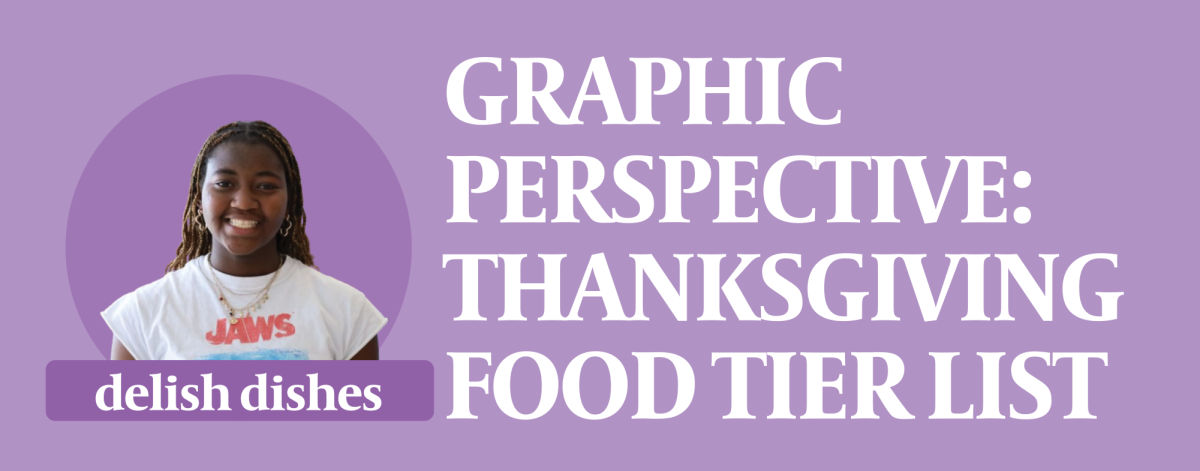
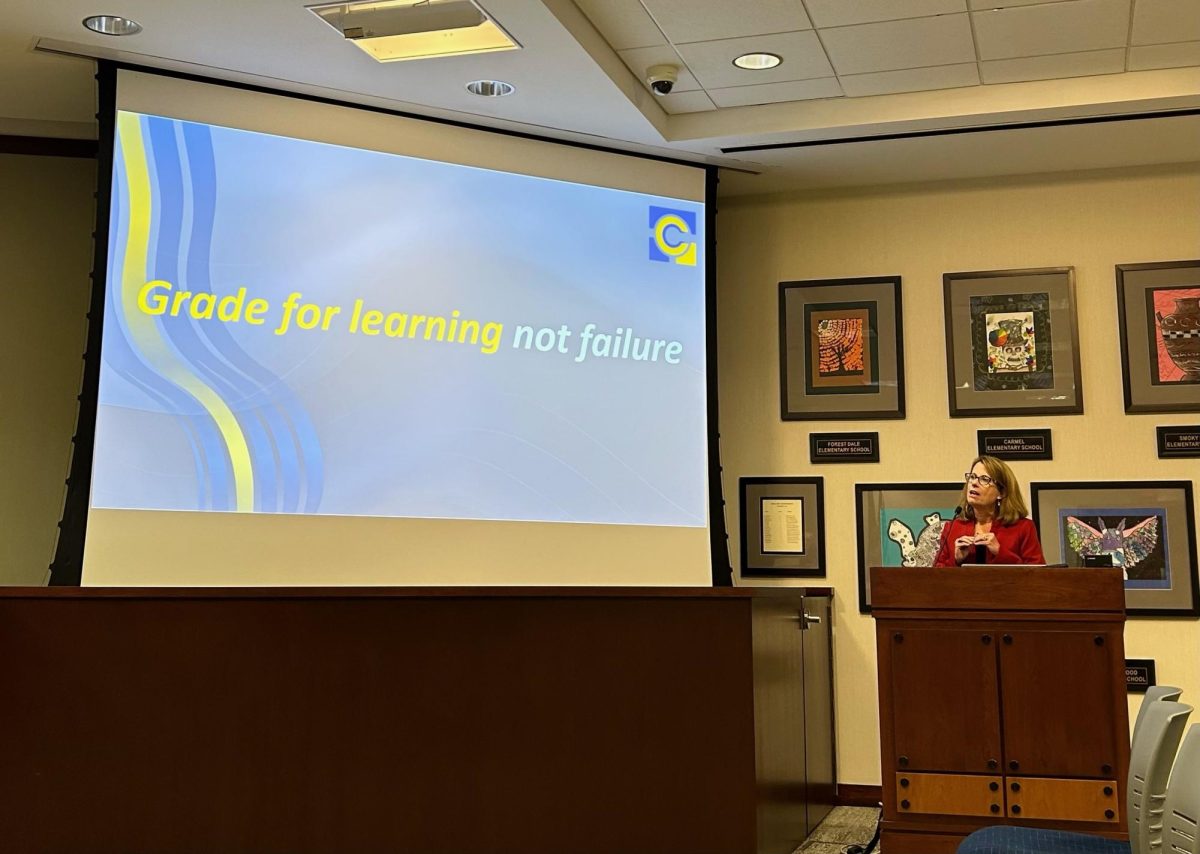





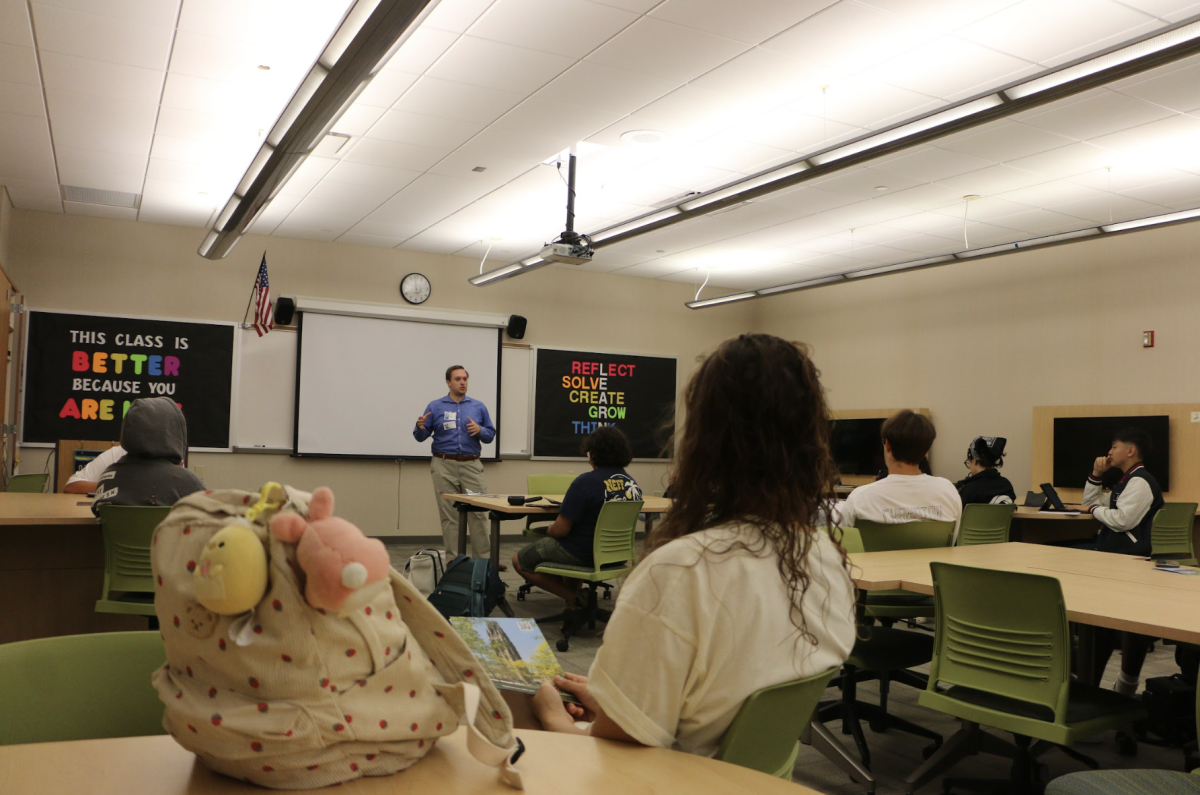


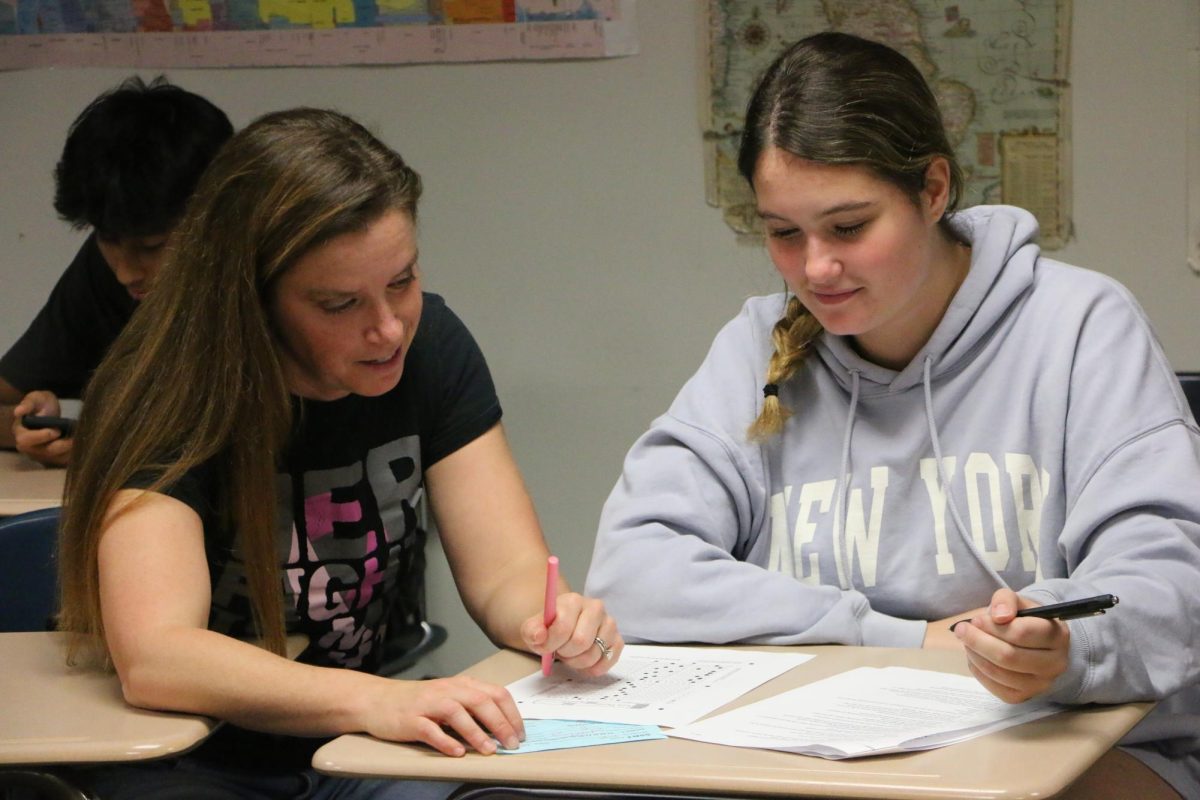




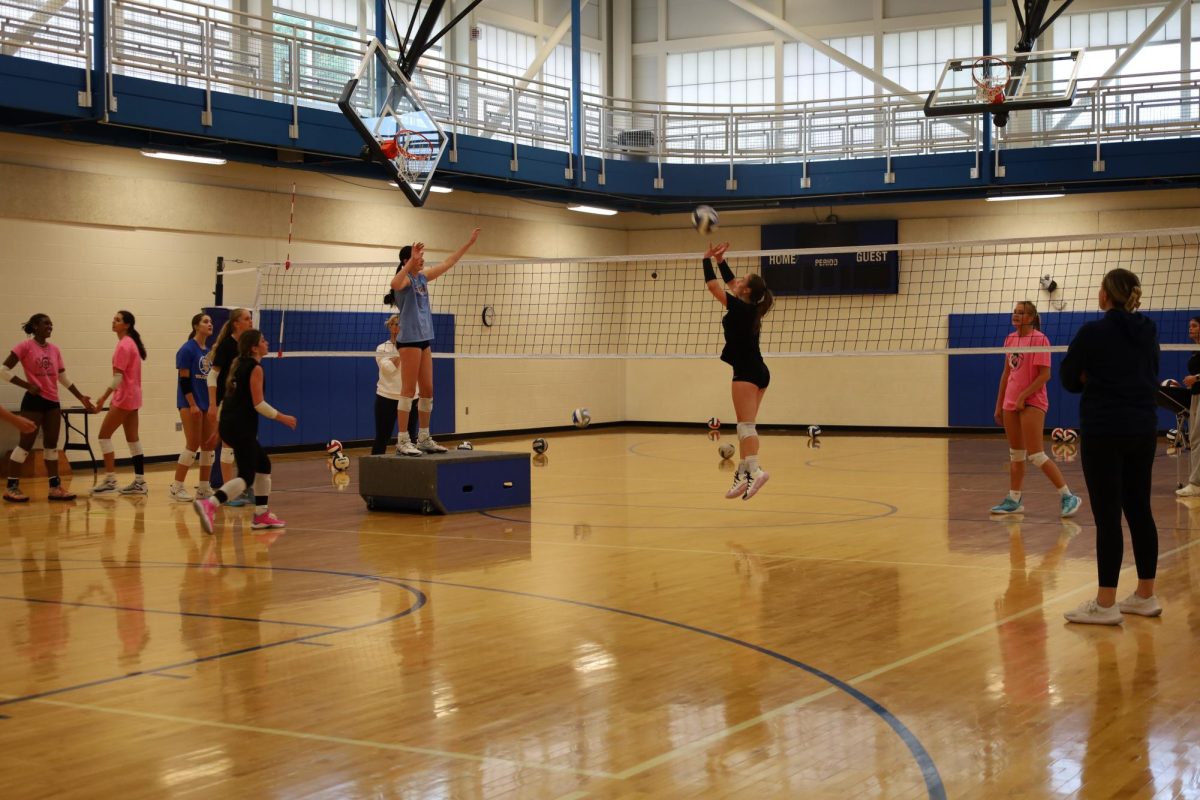
!["Wicked" poster controversy sparks a debate about the importance of accuracy versus artistic freedom [opinion]](https://hilite.org/wp-content/uploads/2024/11/riva-perspective-cover-1200x471.jpg)


![Chilling or Childish? The downfall of modern horror movies [opinion]](https://hilite.org/wp-content/uploads/2024/10/adjusted-horror-cover-1200x471.jpg)
![“Uglies” is a call for change in the YA dystopian genre [opinion]](https://hilite.org/wp-content/uploads/2024/10/Perspectives-Cover-1200x471.jpg)


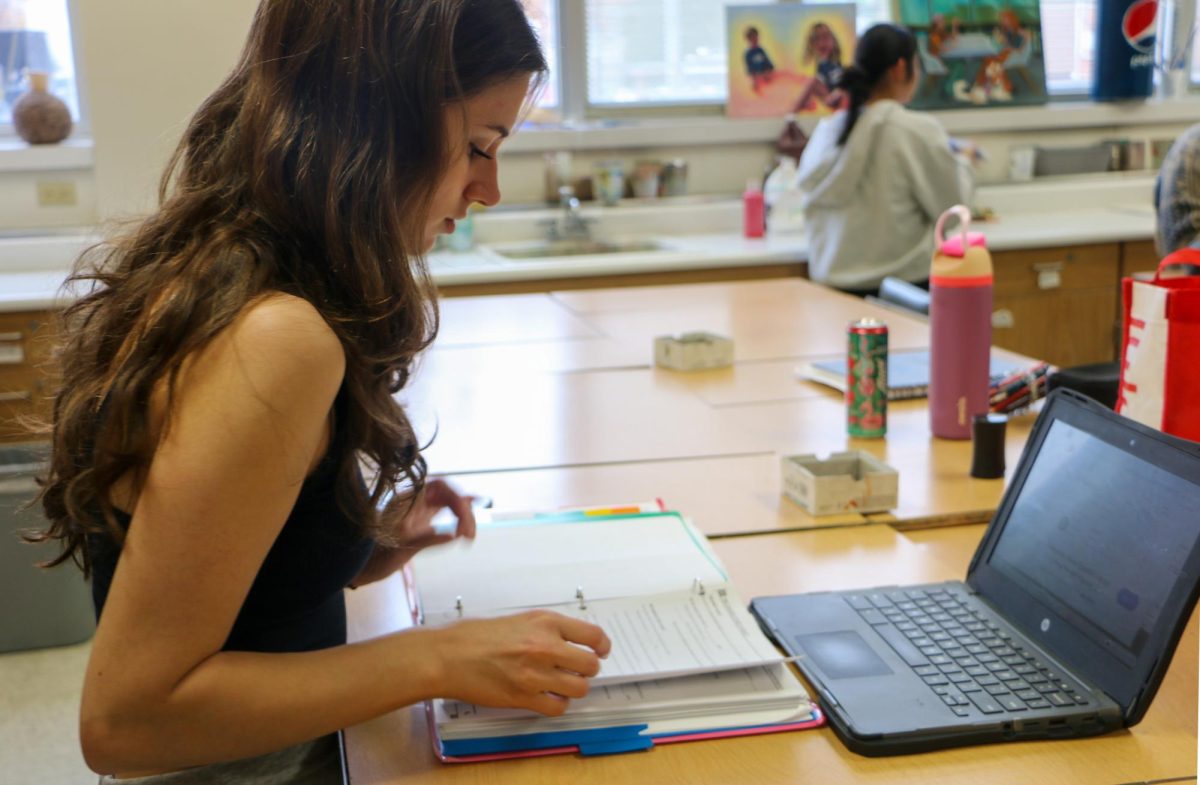

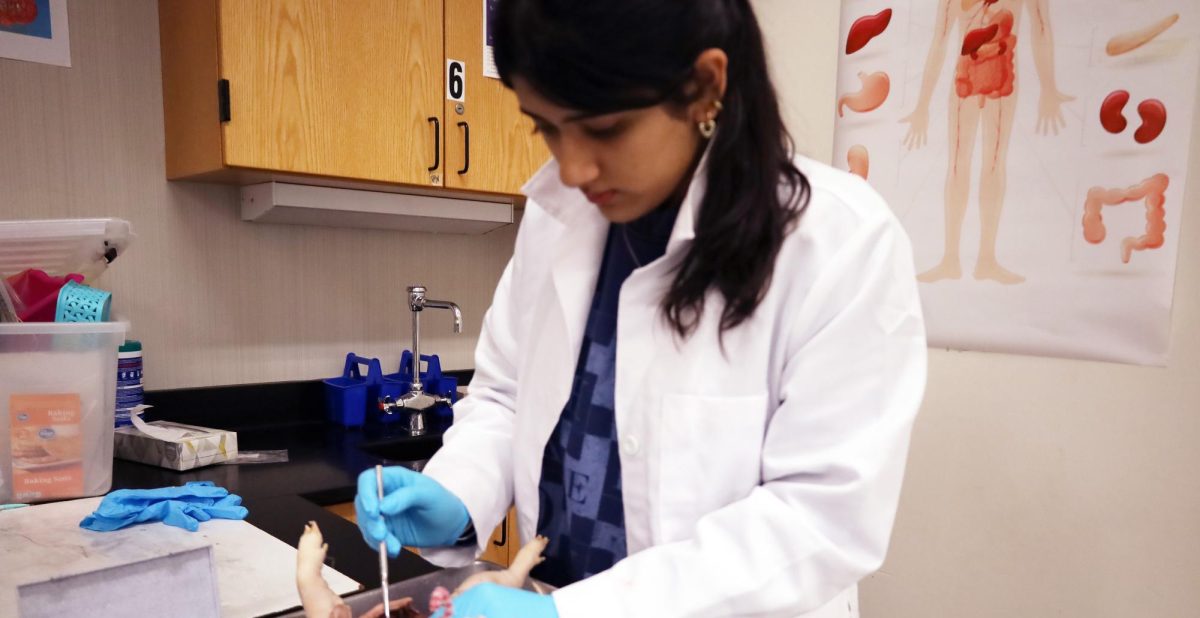






















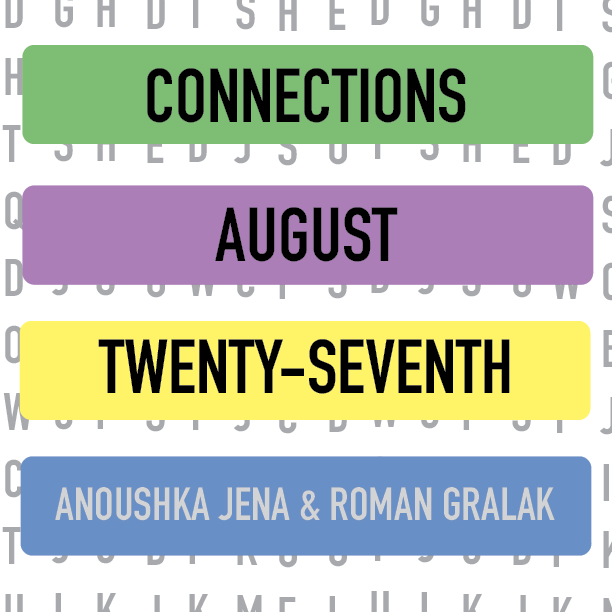







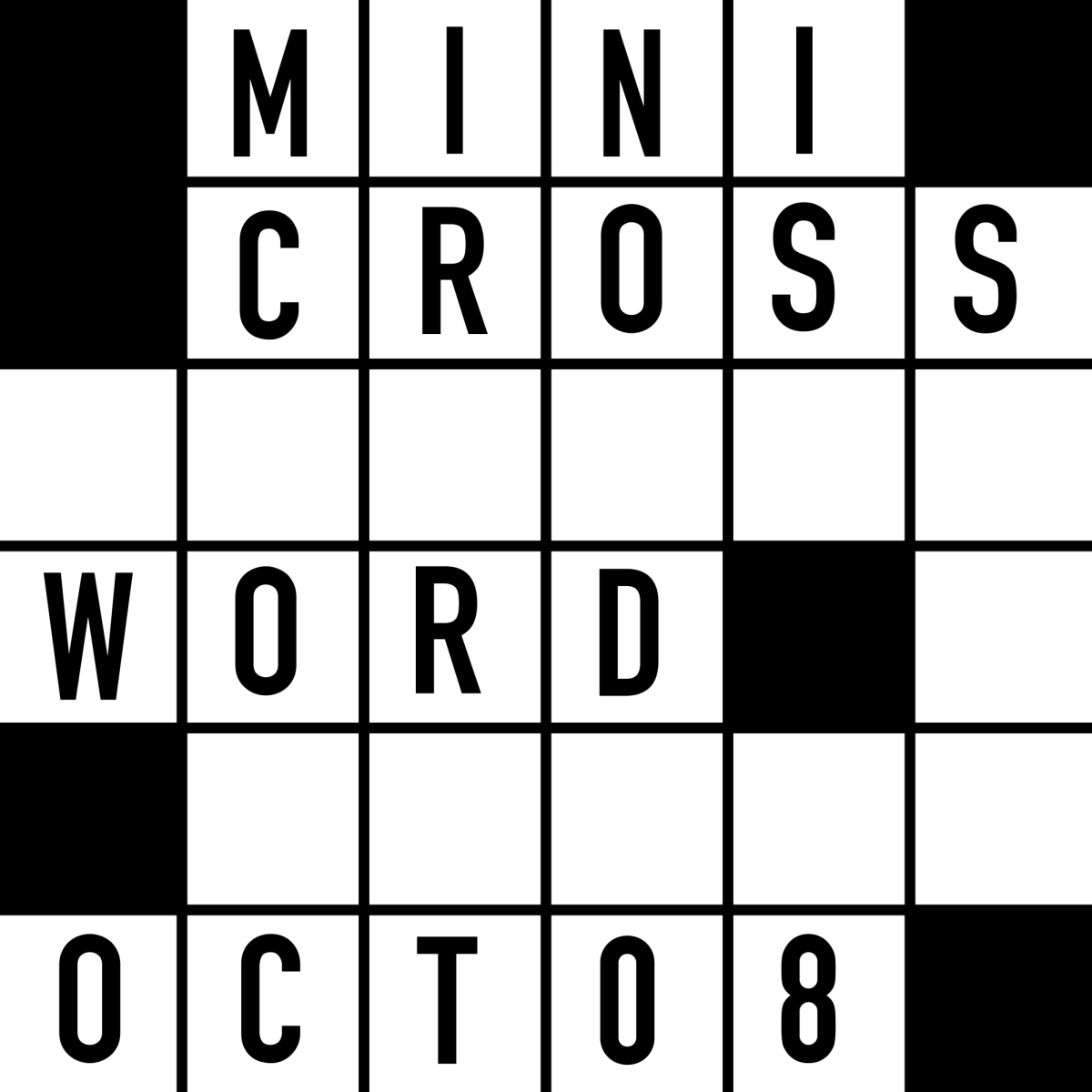


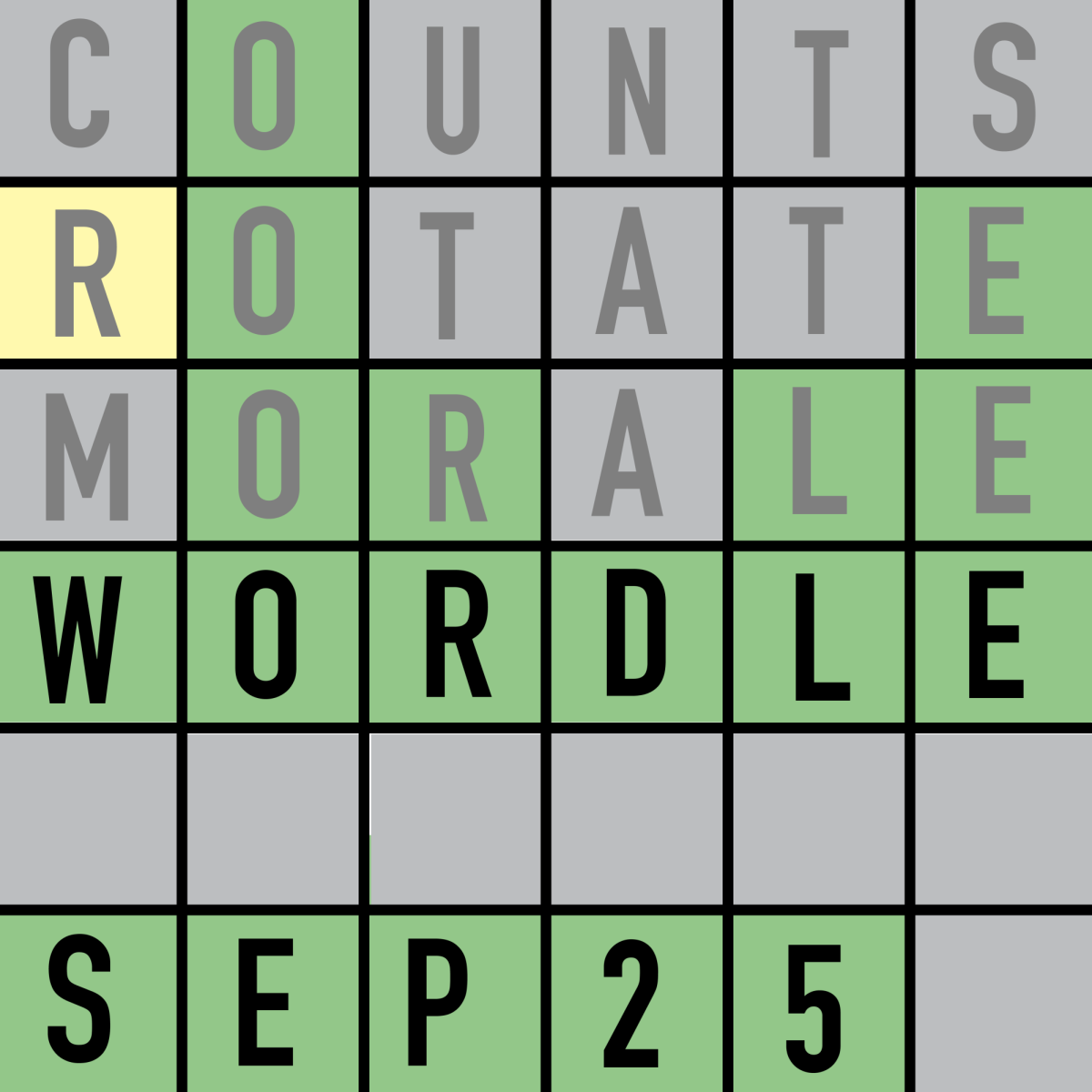



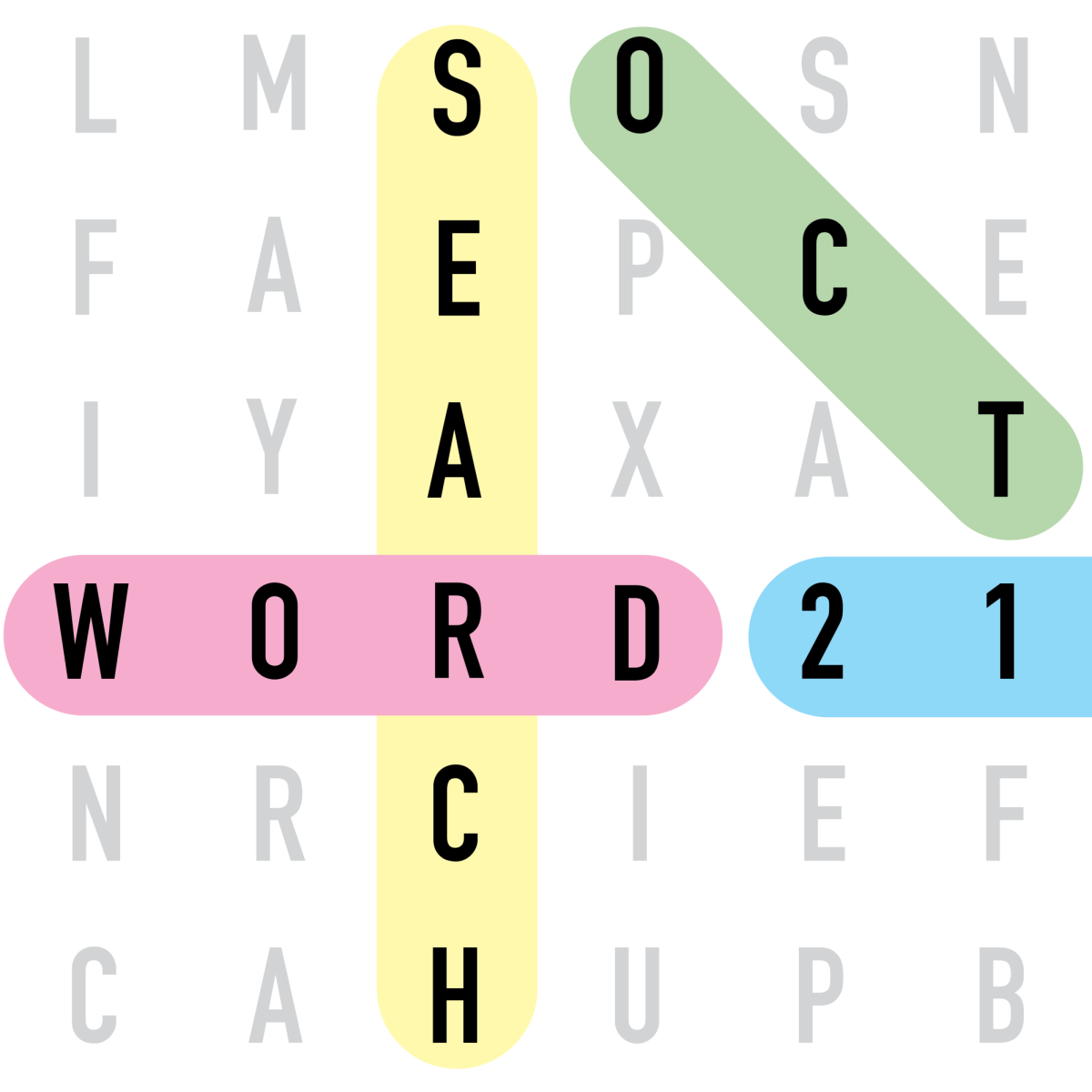
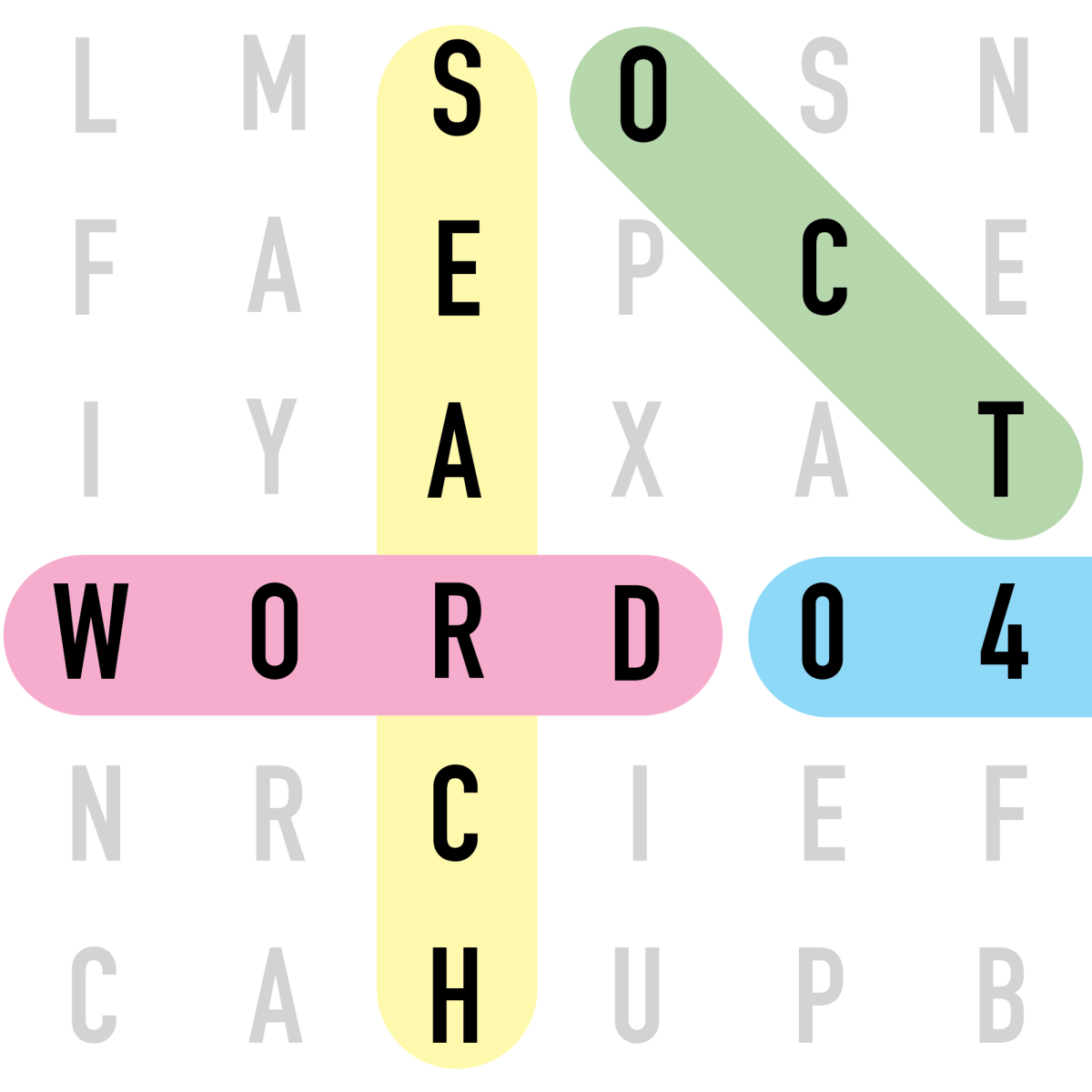
![Review: “Arcane” Season 2 exceeds expectations, but leaves the finale as the make or break of the series [MUSE]](https://hilite.org/wp-content/uploads/2024/11/GUddsa6XIAAuDuB-1-e1723281667555-1200x676.jpg)
![Review: Indy Scream Park is a perfect level of spook to kickstart the Halloween season [MUSE]](https://hilite.org/wp-content/uploads/2024/11/IMG_1383.jpg)
![Review: “Saturday Night” is a chaotic and thrilling look at the origins of “Saturday Night Live” [MUSE]](https://hilite.org/wp-content/uploads/2024/10/snl-1200x800.jpg)
![Review: “Megalopolis” is a bold, bewildering mess [MUSE]](https://hilite.org/wp-content/uploads/2024/10/MV5BYTk3MjUzMGItYmU1NC00M2YyLThmNDMtNDI4NjkxNjgzMjQzXkEyXkFqcGdeQXRyYW5zY29kZS13b3JrZmxvdw@@._V1_-1200x675.jpg)
![Review in Print: Maripaz Villar brings a delightfully unique style to the world of WEBTOON [MUSE]](https://hilite.org/wp-content/uploads/2023/12/maripazcover-1200x960.jpg)
![Review: “The Sword of Kaigen” is a masterpiece [MUSE]](https://hilite.org/wp-content/uploads/2023/11/Screenshot-2023-11-26-201051.png)
![Review: Gateron Oil Kings, great linear switches, okay price [MUSE]](https://hilite.org/wp-content/uploads/2023/11/Screenshot-2023-11-26-200553.png)
![Review: “A Haunting in Venice” is a significant improvement from other Agatha Christie adaptations [MUSE]](https://hilite.org/wp-content/uploads/2023/11/e7ee2938a6d422669771bce6d8088521.jpg)
![Review: A Thanksgiving story from elementary school, still just as interesting [MUSE]](https://hilite.org/wp-content/uploads/2023/11/Screenshot-2023-11-26-195514-987x1200.png)
![Review: "When I Fly Towards You", cute, uplifting youth drama [MUSE]](https://hilite.org/wp-content/uploads/2023/09/When-I-Fly-Towards-You-Chinese-drama.png)
![Postcards from Muse: Hawaii Travel Diary [MUSE]](https://hilite.org/wp-content/uploads/2023/09/My-project-1-1200x1200.jpg)
![Review: "Ladybug & Cat Noir: The Movie," departure from original show [MUSE]](https://hilite.org/wp-content/uploads/2023/09/Ladybug__Cat_Noir_-_The_Movie_poster.jpg)
![Review in Print: "Hidden Love" is the cute, uplifting drama everyone needs [MUSE]](https://hilite.org/wp-content/uploads/2023/09/hiddenlovecover-e1693597208225-1030x1200.png)
![Review in Print: "Heartstopper" is the heartwarming queer romance we all need [MUSE]](https://hilite.org/wp-content/uploads/2023/08/museheartstoppercover-1200x654.png)




